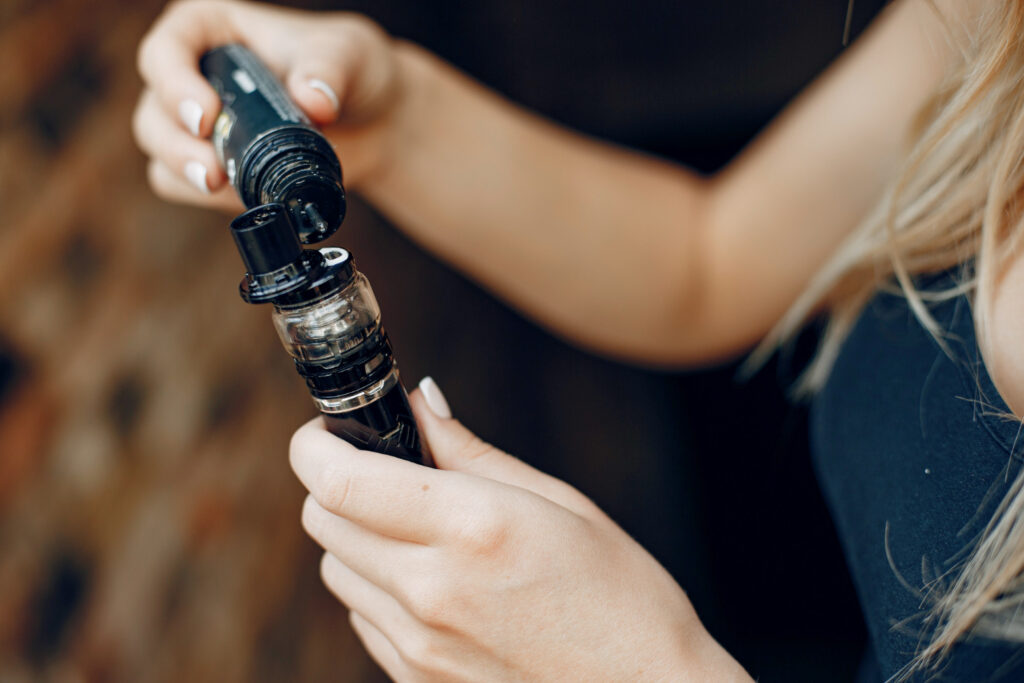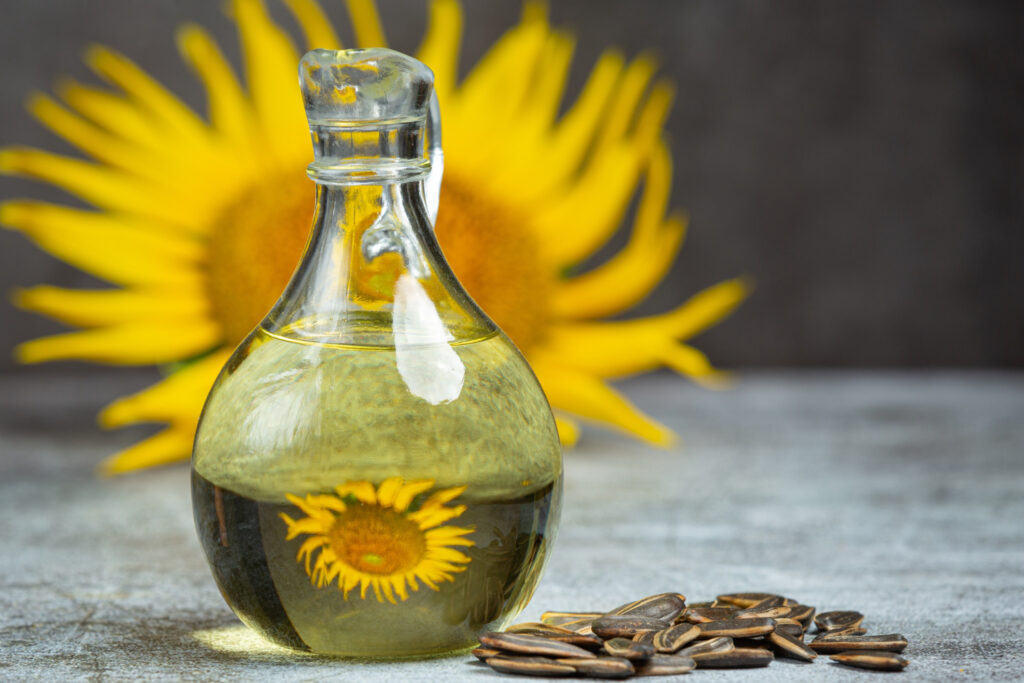With vaping becoming a common alternative to smoking, many people have started asking an unusual but important question: do vapes have calories? For those who track their diet, practice intermittent fasting, or simply want to stay mindful of what enters their body, the thought of inhaling calories may sound strange. But the question is valid — after all, vape juice contains ingredients that exist in food and drinks too.
In this article, we’ll take a closer look at why people worry about calories in vaping, what’s really inside vape juice, whether those ingredients carry any measurable caloric value, and if the body actually absorbs them in the same way it does when you eat. By the end, you’ll have a clear, balanced answer grounded in science, not speculation.
Understanding Where the Question Comes From
The idea of calories in vaping often comes from people who are conscious about health and nutrition. Someone on a strict diet may wonder if their vaping habit could undermine their goals. Others might be curious because vape juice has ingredients that also show up in foods. For example, vegetable glycerin (VG) and propylene glycol (PG) are commonly used not only in e-liquids but also in processed foods, sweeteners, and cosmetics.
This overlap between vaping and food makes it natural to assume that vaping could “add calories” in some way. Add to that the popularity of dessert-flavored or sweet-tasting vapes, and it’s easy to see why people make the connection. After all, if something tastes like vanilla custard or strawberry cheesecake, the brain immediately associates it with sugar, sweetness, and calories.
Another reason this question arises is the growing interest in fasting and metabolic health. People practicing intermittent fasting or calorie-restricted diets want to avoid breaking their fast unintentionally. Since vape liquids are inhaled, not swallowed, the question is whether the body still processes those ingredients as if they were food.
What’s Actually Inside Vape Juice?
To understand if vapes have calories, we need to break down what’s inside. Most vape liquids (also called e-liquids) share a few common ingredients:
- Propylene Glycol (PG): A clear, odorless liquid that helps produce the “throat hit” sensation when vaping. It’s also widely used in food as a humectant and preservative.
- Vegetable Glycerin (VG): A thicker, slightly sweet liquid made from plant oils. It’s responsible for producing the dense vapor clouds many vapers enjoy. VG is also used in food products, toothpaste, and skincare items.
- Nicotine (optional): The addictive compound naturally found in tobacco. It doesn’t provide calories, but it does affect metabolism and appetite in complex ways.
- Flavorings: Food-grade flavor concentrates that give vape juice its variety — from fruits to desserts to menthols.
On paper, some of these ingredients have caloric value. For example, VG provides about 4 calories per gram when eaten. PG has a slightly lower caloric content. However, how the body interacts with them when inhaled is not the same as when they are consumed in food.
Do These Ingredients Contain Calories?
Technically, yes. Both vegetable glycerin and propylene glycol have calories when measured as food additives. For instance, VG is classified as a carbohydrate and provides energy in the form of calories. This is why it’s sometimes used in processed foods as a sweetener or thickener.
However, the presence of calories in a substance doesn’t automatically mean those calories transfer into the body when inhaled. Calories are defined as energy released when the body metabolizes food. The critical question is whether vaporized VG or PG actually reaches the digestive system in a way that the body can metabolize.
Nicotine and flavorings, on the other hand, do not meaningfully contribute calories. They may alter appetite or taste perception, but they are not caloric in themselves.
How the Body Processes Vaporized Ingredients?
When you eat food, it enters the digestive system where enzymes break it down, absorb nutrients, and convert them into energy. That’s the process behind calorie absorption.
When you vape, the liquid is heated and turned into an aerosol, which is then inhaled into the lungs. The lungs are designed to absorb gases and certain small compounds, like nicotine, but not to digest carbohydrates or fats. That means the glycerin or glycol in vapor isn’t processed in the same way as food.
While trace amounts may enter the bloodstream, the levels are negligible compared to eating or drinking. In simple terms: just because VG and PG have calories when ingested doesn’t mean those calories count when inhaled. Most of the vapor is exhaled, and what remains doesn’t undergo digestion.
Comparing Vaping to Other Calorie Sources
To put this into perspective, let’s compare vaping to common dietary sources of calories. Drinking a can of soda might add 150 calories to your daily intake. Eating a slice of cake could add 300 or more. Even chewing sugar-free gum contributes a small amount of calories because of sugar alcohols.
Vaping, by contrast, delivers such a tiny, almost immeasurable amount that it doesn’t compare to eating or drinking. Even if the theoretical caloric value of VG and PG is real, the body doesn’t use vaporized compounds as it would with food. That’s why health experts generally consider vaping to be “calorie-free” in practice, even though the ingredients themselves could provide calories in other contexts.
Why the Idea of “Calories in Vaping” Can Be Misleading?
The confusion comes from mixing up theoretical values with real-world outcomes. It’s true that some vape juice ingredients have caloric content when consumed. But in vaping, the delivery method bypasses digestion. This is why saying “vapes have calories” is technically accurate on paper but practically misleading.
It’s similar to asking whether smelling a cake or inhaling steam from hot chocolate adds calories. The scent may trigger cravings or remind you of sweetness, but it doesn’t translate into actual energy intake. Vaping works much the same way.
So, while the question “do vapes have calories?” is worth exploring, the honest answer is that the effect on your body in terms of caloric intake is negligible to nonexistent.
Conclusion
So, do vapes have calories? From a scientific standpoint, the ingredients in vape juice — particularly vegetable glycerin and propylene glycol — do contain calories when eaten. But when inhaled as vapor, the body does not absorb them in a way that adds to your daily caloric intake. In practice, vaping does not provide usable calories and won’t affect your diet, fasting routine, or weight in any meaningful way.
The idea that vaping could “make you fat” or “add calories” is more of a myth rooted in ingredient labels than a biological reality. While it’s always good to stay mindful of health, calories from vaping simply aren’t something most people need to worry about.
FAQs
1. Can vaping make you gain weight?
Not directly. Vaping does not provide calories that would lead to weight gain. However, nicotine may suppress or increase appetite depending on individual reactions, which can indirectly influence eating habits.
2. Do flavored vapes have more calories than unflavored ones?
No. Flavorings used in vape liquids are minimal and do not add measurable calories, regardless of whether the vape is dessert-flavored or plain.
3. Does vaping break a fast or diet plan?
Most experts agree that vaping does not break a fast because it doesn’t deliver calories in a meaningful way. However, flavored vapes might trigger cravings, which could make fasting psychologically harder.
4. Are vape calories similar to those in alcohol or sugary drinks?
Not at all. Alcohol and sugary drinks contain significant amounts of calories that the body digests and uses. Vaping does not work this way, so it cannot be compared.



